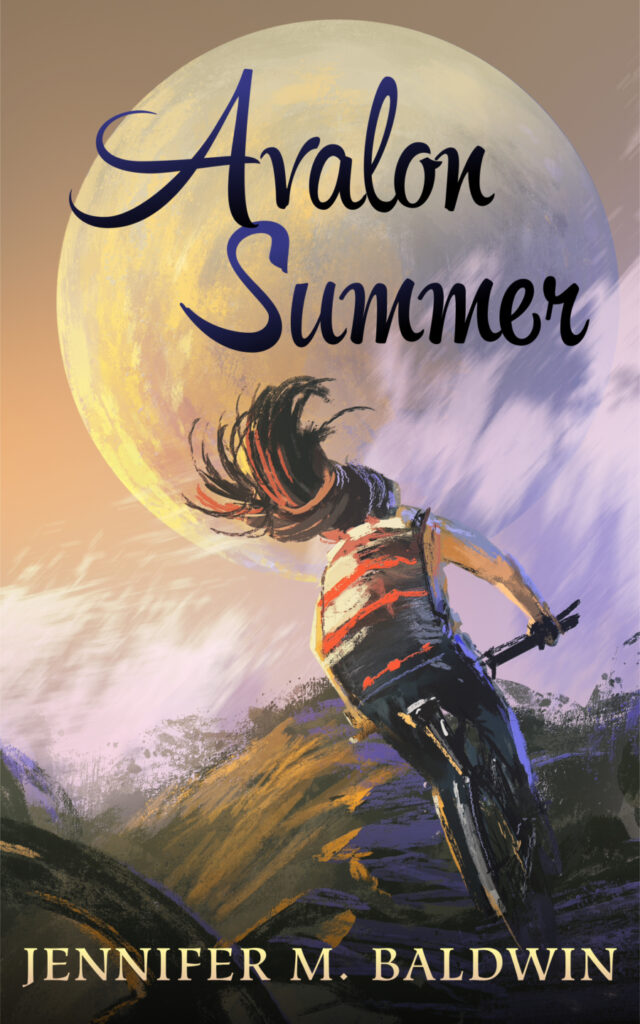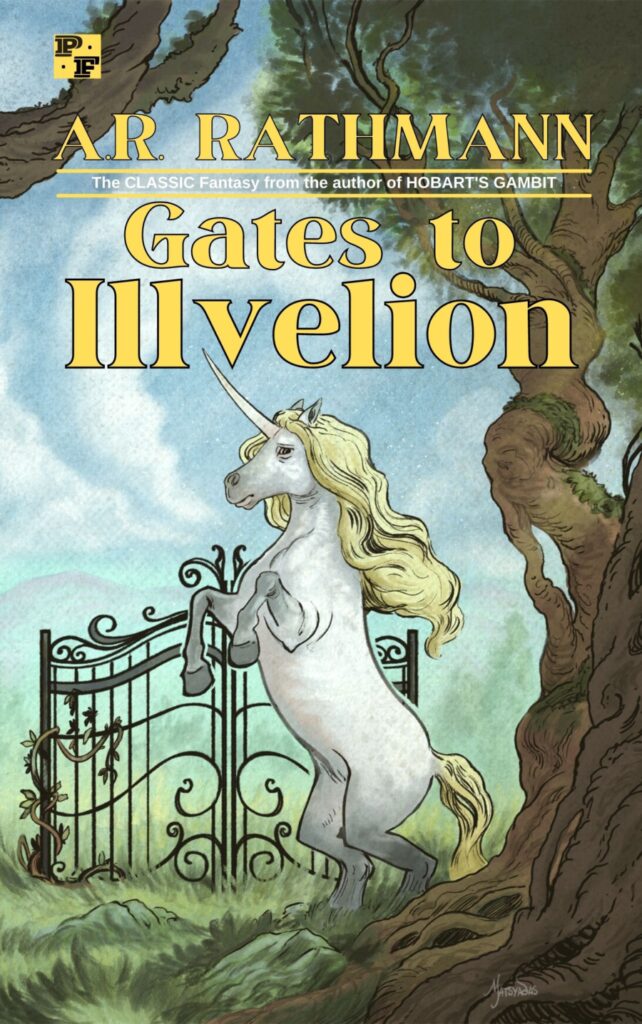 I have this theory that books belong to seasons. Some books are meant for fall, some for summer; some for winter, some for spring.
I have this theory that books belong to seasons. Some books are meant for fall, some for summer; some for winter, some for spring.
For example, I read Susan Cooper’s Over Sea, Under Stone and Greenwitch a couple of summers ago (having read The Dark Is Rising the winter before. I read it during Christmas break, appropriately). After I read Greenwitch, I wanted to continue the series. I soon realized, however, that The Grey King was an autumn book. It takes place during autumn, and the content of the book seemed more in keeping with dark October nights — not bright, humid July days.
Over Sea, Under Stone and Greenwitch worked their magic because I was reading them during the right season. Over Sea, Under Stone, of course, takes place during the summer. But even Greenwitch, which is set in spring, works as a summer book because it’s about the sea and the vacation-y adventures of the Drew children. Oceans and vacations are very summer things. But The Grey King felt immediately different — it was colder and damper and heavier — and I knew I should put the book down until fall, when the time would be right to experience the proper mood of the story. When fall did come, I read The Grey King, and the coldness and decay of autumn were a perfect accompaniment.
This is what I mean by books belonging to seasons.
With its endless oceans and summer skies, its search for the edge of the world and for Aslan’s country, The Voyage of the Dawn Treader is a summer book. The Silver Chair is autumn. The Lion, the Witch, and the Wardrobe is trickier — you’d think it belongs to winter and Christmastide. But I think it’s a spring book. Spring is the season of Easter after all, and the book is about breaking the spell of winter, not reveling in it. Winter is beautiful in its time, but especially here in the Midwest (and I imagine England as well), winter overstays its welcome. By March, when it snows AGAIN, many of us are wishing for someone to break the White Witch’s spell. When Aslan romps, resurrected by the Deeper Magic, and Susan and Lucy ride upon his back: that is Spring.
My husband thinks this theory is weird. Books do not have seasons, so he says. He’s probably right; for most people, they read books when they want to read them. They don’t wait, for heaven’s sake, until the wind changes!
But when you find a book, and you don’t know what season it belongs to, and you read it and realize it just happens to be the perfect season for that very book — perfect for the story, for the setting, for the themes — there’s a kind of magic at work that links the book not only to your imagination and your thoughts but to your physical world as well. The literary and the natural co-mingle to make something bigger and grander than just a good book or a good season.
I am reading Kristin Lavransdatter right now, and winter seems the right time for a book set in Medieval Norway. It makes my winter here in Michigan seem snowier, and my winter makes the hearth fires in Jorundgard seem hotter. Winter and the Middle Ages have been linked in my memory and imagination for awhile; perhaps it’s because the winter reminds me of mortality, and how perilous our lives would be if we lived long ago. So now, when I read Kristin Lavransdatter, and the snow falls heavy in February, or the sun sparkles over the frozen lakes, I feel connected to that long-ago world, and my own world, inexplicably, takes on the qualities of a legendary Norway. I could read this same book in summer and enjoy it just as well. But somehow the winter feels better when I’m reading Kristin Lavransdatter. And the book feels better too. In its proper season.



Leave a Reply